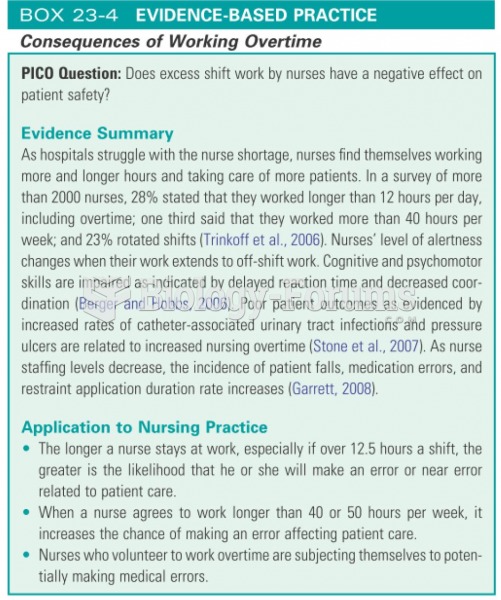This topic contains a solution. Click here to go to the answer
|
|
|
Did you know?
Stroke kills people from all ethnic backgrounds, but the people at highest risk for fatal strokes are: black men, black women, Asian men, white men, and white women.
Did you know?
More than 4.4billion prescriptions were dispensed within the United States in 2016.
Did you know?
There are 60,000 miles of blood vessels in every adult human.
Did you know?
Warfarin was developed as a consequence of the study of a strange bleeding disorder that suddenly occurred in cattle on the northern prairies of the United States in the early 1900s.
Did you know?
More than 34,000 trademarked medication names and more than 10,000 generic medication names are in use in the United States.







